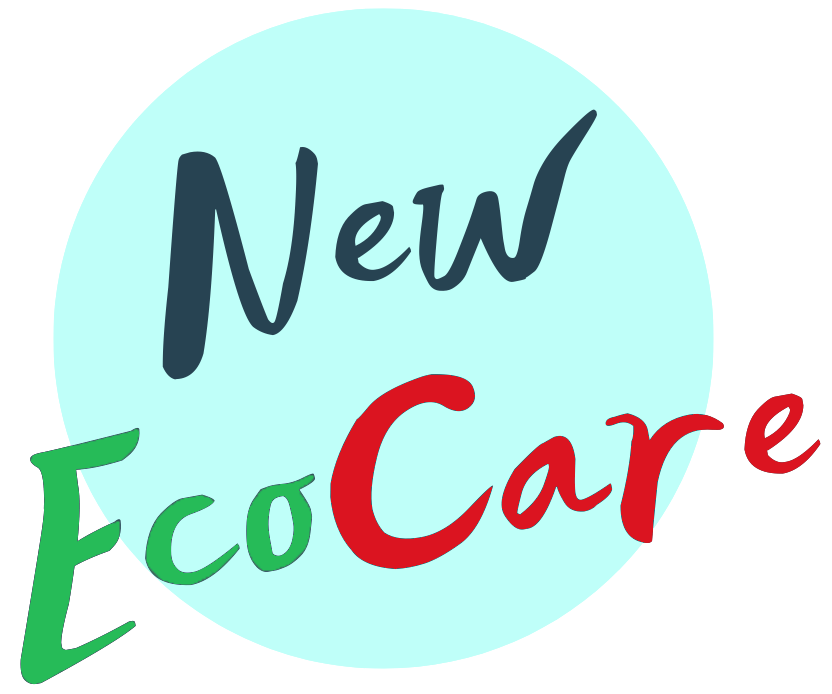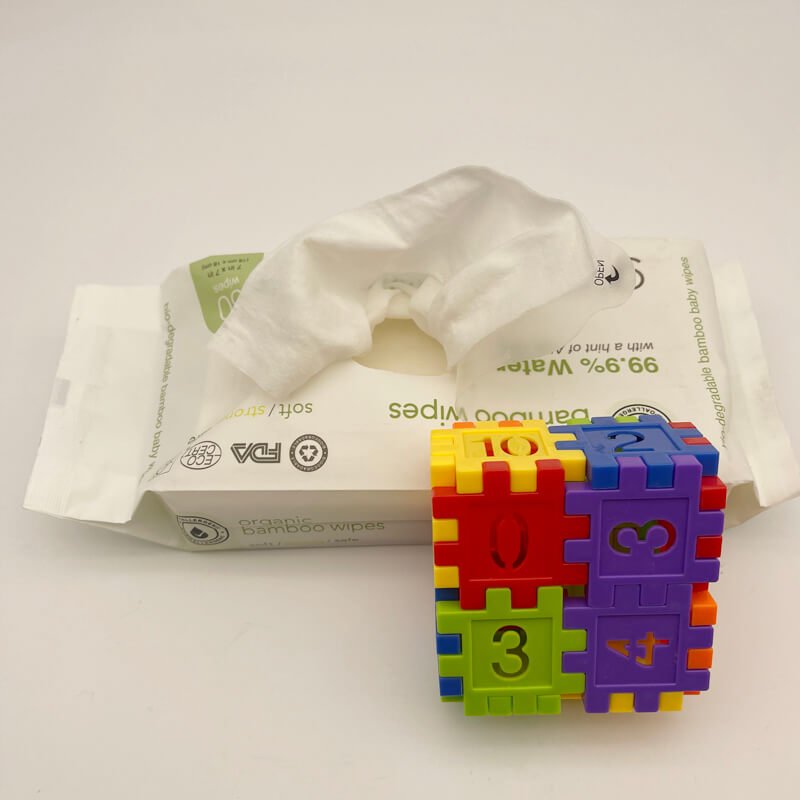Wet wipes are incredibly convenient for daily cleaning and personal hygiene, but their disposal is a significant environmental issue that demands attention. Improper disposal practices lead to severe consequences such as clogged sewage systems, environmental pollution, and harm to wildlife. It’s imperative that users understand the necessity of disposing of wet wipes properly to minimize their environmental footprint.
Wet wipes are often made from materials that do not break down easily in natural environments or sewage systems. This can lead to the formation of blockages in sewage pipes, commonly referred to as ‘fatbergs,’ which are costly and difficult for municipalities to manage. Moreover, when wet wipes make their way into natural water bodies, they pose a threat to marine life and contribute to the growing problem of marine debris. By understanding the environmental impact of improper disposal, individuals can make more informed decisions and adopt better disposal habits.
Types of Wet Wipes
Flushable vs Non-flushable Wipes
In the world of wet wipes, products are typically divided into ‘flushable’ and ‘non-flushable’ categories. However, the term “flushable” can often be misleading, as many such labeled products do not disintegrate as readily as toilet paper and can still contribute to blockages and environmental damage. This section examines what differentiates these two categories and the implications of their disposal.
‘Flushable’ wipes are designed to break down more quickly than non-flushable wipes in water. However, the breakdown process is not immediate and depends heavily on the specific conditions of local sewage systems. Non-flushable wipes, on the other hand, are made from sturdier materials intended for more heavy-duty cleaning but are a significant contributor to sewage blockages when flushed. Understanding these differences helps in making an informed decision on whether to flush or throw away the wipes.
Biodegradable Wet Wipes: A Closer Look
Biodegradable wet wipes are presented as a more environmentally friendly option, designed to decompose more quickly than their traditional counterparts. These wipes are made from natural plant-based fibers that are supposed to break down after disposal in a composting environment. However, the effectiveness and real-world functionality of biodegradable options vary widely.
This subsection delves into the materials used in biodegradable wipes, how they compare to regular wipes in terms of environmental impact, and whether they live up to their claims. It’s crucial for consumers to understand these factors to make eco-conscious choices that align with their values and the needs of their communities.
Current Disposal Practices
How People Commonly Dispose of Wet Wipes
Despite the availability of information, many people continue to dispose of wet wipes by flushing them down the toilet. This habit stems from the convenience and a widespread misconception that all wet wipes are flushable. This section discusses common disposal practices across different regions and their impact on local sewage systems.
Flushing non-flushable wet wipes is particularly problematic. These wipes do not disintegrate like toilet paper and can combine with fats, oils, and other non-biodegradable materials in the sewage system to form large blockages. These issues are not only a nuisance but also require significant financial resources to address, increasing the burden on local governments and taxpayers.
The Problems with Current Disposal Methods
The most significant issues with current wet wipe disposal methods include the formation of blockages in home and municipal plumbing systems, the accumulation of non-degradable waste in the environment, and the extensive cleanup efforts required. This subsection highlights the technical, financial, and environmental challenges posed by the improper disposal of wet wipes.
By flushing wet wipes, consumers contribute to a larger cycle of waste and pollution that affects urban infrastructure and natural ecosystems. This section aims to raise awareness about the consequences of these actions and encourage more responsible disposal practices among users.
These initial sections of the article set the stage for understanding the importance of proper disposal techniques for wet wipes, exploring the environmental impacts, and examining the consequences of current practices. They provide readers with essential information to start making more sustainable choices in their daily lives.
Proper Disposal Methods
Step-by-Step Guide to Disposing of Non-flushable Wipes
Non-flushable wipes should be disposed of in the trash to prevent sewage system blockages. This guide outlines the steps to discard them responsibly:
- Use sparingly: Reduce the usage of non-flushable wipes where possible.
- Segregate waste: Keep a designated trash bin for non-flushable wipes to avoid accidental flushing.
- Educate household members: Ensure that everyone in your household understands the importance of not flushing these wipes.
Best Practices for Flushable Wipes
While some wipes are marketed as flushable, it is crucial to use them judiciously to minimize potential harm:
- Follow manufacturer guidelines: Only flush wipes that are clearly marked as flushable and in quantities recommended by the manufacturer.
- Be aware of local sewage system capabilities: Some municipal systems are more equipped to handle flushable wipes than others.
Environmental Impact
The Long-term Effects of Improper Disposal
Improper disposal of wet wipes leads to environmental degradation, including harm to wildlife and water quality issues. Non-degradable materials can linger in ecosystems for years, posing threats to marine and terrestrial life.
Case Studies: The Consequences in Urban Areas
Urban areas often face significant challenges due to improper disposal of wipes, including increased maintenance costs for public sewage systems and impacts on local wildlife. This section examines specific instances where cities have had to address these issues, illustrating the widespread impact of common disposal mistakes.
Alternatives to Traditional Wet Wipes
Eco-Friendly Alternatives
There are viable alternatives to traditional wet wipes that offer similar convenience without the environmental cost. Products like biodegradable wipes made from natural fibers, reusable cloths, and even innovations in eco-friendly personal hygiene products can significantly reduce waste.
How to Make Homemade Wet Wipes
Creating your own wet wipes at home is a sustainable option. Simple ingredients such as paper towels, water, and a mild cleaning solution can be used to make effective cleaning wipes without the harsh chemicals and plastics found in commercial products.
These sections provide practical advice and alternatives to reduce the environmental impact of wet wipe usage. They encourage readers to adopt more sustainable habits and consider the broader implications of their everyday choices.
Regulations and Guidelines
Local Disposal Regulations
Understanding and complying with local disposal regulations is crucial for minimizing the impact of wet wipes on the environment. Many municipalities have specific guidelines about what can and cannot be flushed, aiming to protect local sewage systems from blockages caused by non-degradable materials like wet wipes.
Global Standards for Wet Wipe Disposal
Internationally, there are efforts to standardize the disposal of wet wipes to address their environmental impact globally. These standards often encourage the production and use of truly flushable and biodegradable wipes and aim to educate the public about the importance of proper disposal practices.
How to Dispose of Wet Wipes
Encouraging proper disposal habits is essential for reducing the negative impact of wet wipes on the environment. This section provides practical tips:
- Do not flush non-flushable wipes: Always dispose of them in the trash.
- Check local regulations: Be aware of and follow your local guidelines regarding wipe disposal.
- Educate others: Share information about the proper disposal of wipes within your community to encourage better practices.
Conclusion
Proper disposal of wet wipes is not just a personal responsibility but a global necessity. By making informed choices about the products we use and how we dispose of them, we can significantly reduce our environmental footprint. Remember, every small action counts in our collective effort to protect and preserve our planet.

